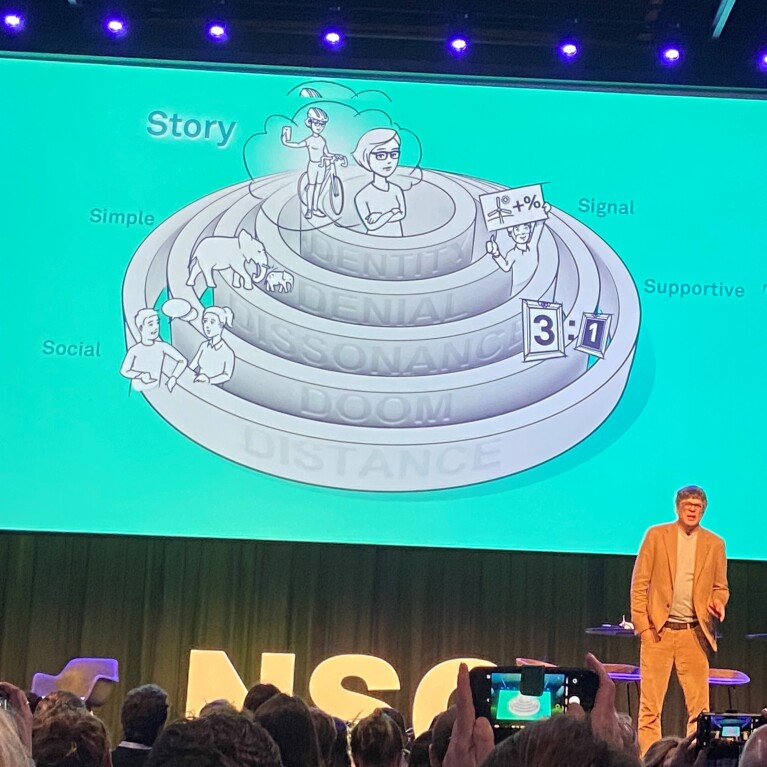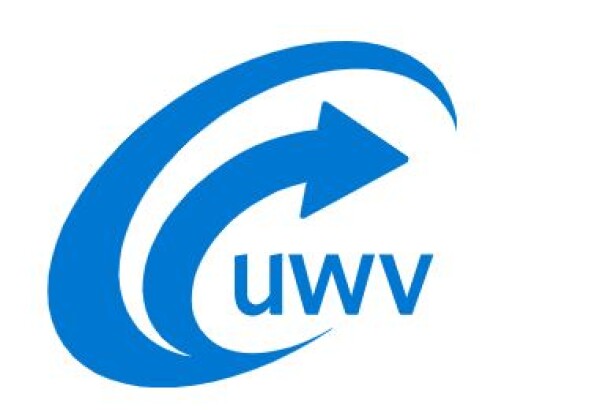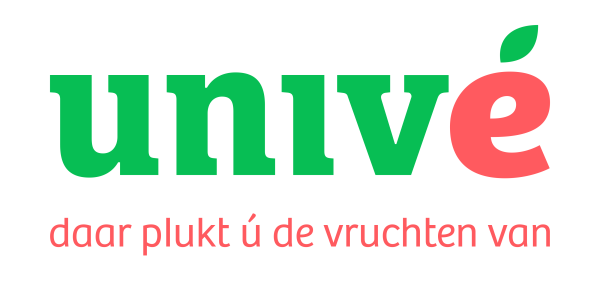5 main strategies for climate communication
Blog
The more facts the greater the resistance - 5 main strategies for climate communication – Per Espen Stoknes
Over the past weeks, not a day has gone by without news items about climate change. Many of them had a doom and gloom header, such as: “The shocking number behind the Lake Mead drought crisis”; “The pandemic was the one chance we had”; “Ice sheets are crumbling faster than we thought”; “Key climate temperature limit faces new threat”. This reminded me of the book I recently read from Per Espen Stoknes called ‘What we think about – When we try not to think about Global Warming’. In the last couple of years, there are more and more facts and scientific reports available about global warming, but the resistance to take action is somehow still growing at the same time. Yet, we also feel there is momentum and that the awareness and urgency to take climate actions is clearly growing but the big breakthrough of climate actions to reach the Paris Agreements is lagging.
In his book Per Espen identified five main psychological barriers to climate action which are:
Distance: The climate issue remains remote for most of us. We can’t see climate change.
Doom: When climate change is framed as a disaster that can only be addressed by loss, cost, and sacrifice, it creates a wish to avoid the topic.
Dissonance: If what we know (ie fossil energy use contributes to global warming), conflicts with what we do (drive, fly, eat beef or heat with fossil fuel), then dissonance sets in.
Denial: Denial is based on self-defense, not ignorance, intelligence, or lack of information.
iDentity: We filter news through our professional and cultural identity. We look for information that confirms our existing values and notions and filter away what challenges them.
After stating the main psychological barriers Per Espen also offers strategies on how to talk about global warming in a way that creates positive solutions, meaningful actions and support for policy. Espen suggests that we need to build new climate strategies on the following three principles:
1. Turn the barriers upside down. To bypass barriers, successful climate communication should:
-Make the issue feel near, human, personal, and urgent
-Use supportive framings that do not backfire by creating negative feelings
-Reduce dissonance by providing opportunities for consistent and visible actions
-Avoid triggering the emotional need for denial through fear, guilt, self-protection
-Reduce cultural and political polarization on the issue
2. Stick to positive strategies. Whatever we do should be inspiring, engaging and stimulate community.
3. Act as social citizens not individuals. Our main power comes from acting as social citizens – demanding societal change – not acting separately as individuals.
So if you want to really reach your audience and create impactful communications triggering climate action the road from here are 5 main strategies for climate communication:
1. Social: Use the power of social networks
2. Supportive: Employ frames that support the message with positive emotions
3. Simple: Make climate-friendly behaviors easy and convenient
4. Story-Based: Use the power of stories to create meaning and community
5. Signals: Use indicators for feedback on societal response
Above can help many companies, governments, and journalists when they implement their strategies, start to communicate about it or publish their latest articles. Maybe we see more headers in the future such as “Our green cities improve mental and physical health” or “Grean energy is creating more new jobs than the fossil fuel industry” … or we hear companies communicate about their new sustainable business models, New societal models, new manufacturing and farming methods or new healthcare solutions.
It’s a key must read if you haven’t done so already. I’m sure you will enjoy it and it will inspire you to bring many learnings from Per Espen directly into practice.
Would you like to discuss above more in detail? Let met know: ulrike@toscatribe.nl 06-51072464
Back to news



















